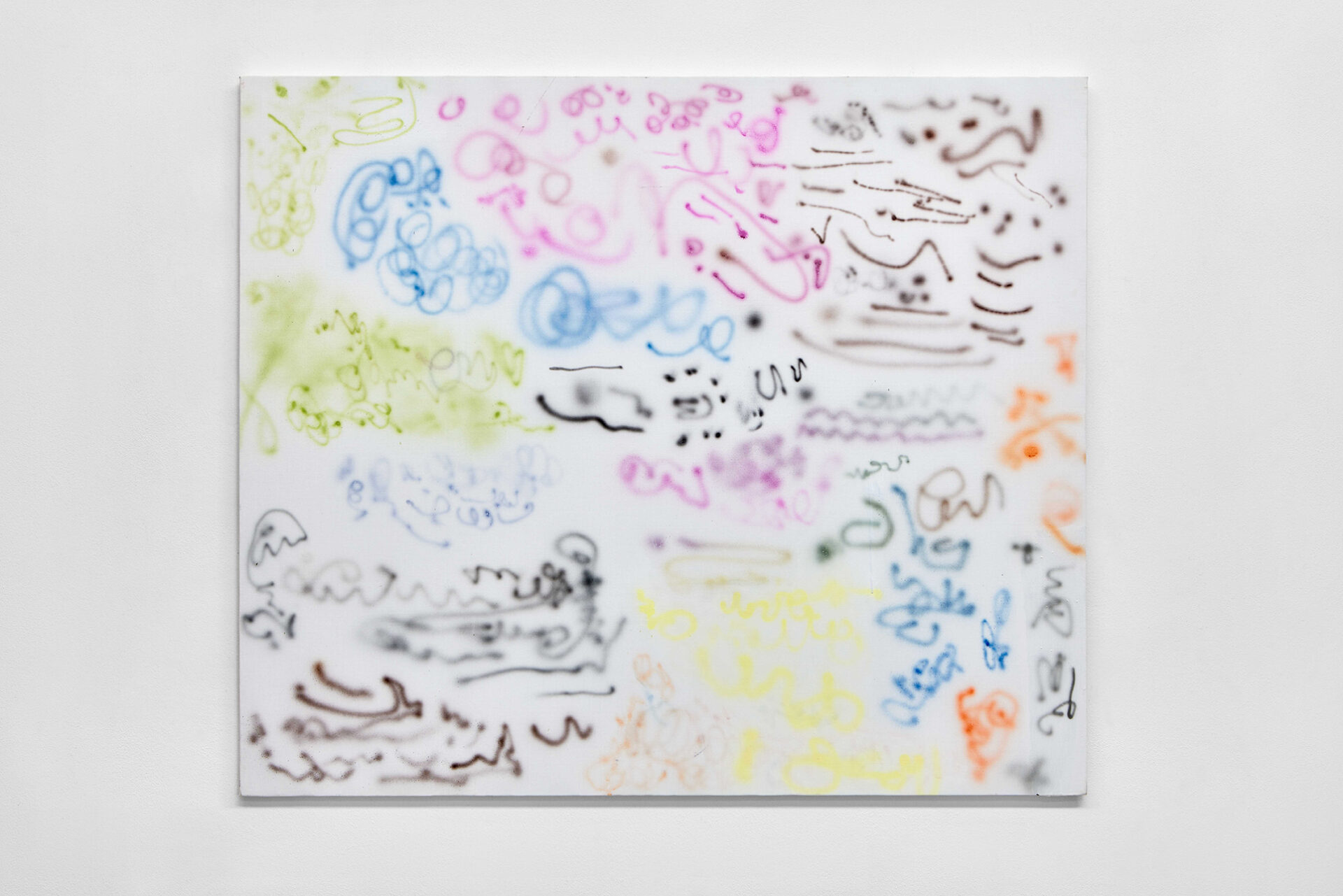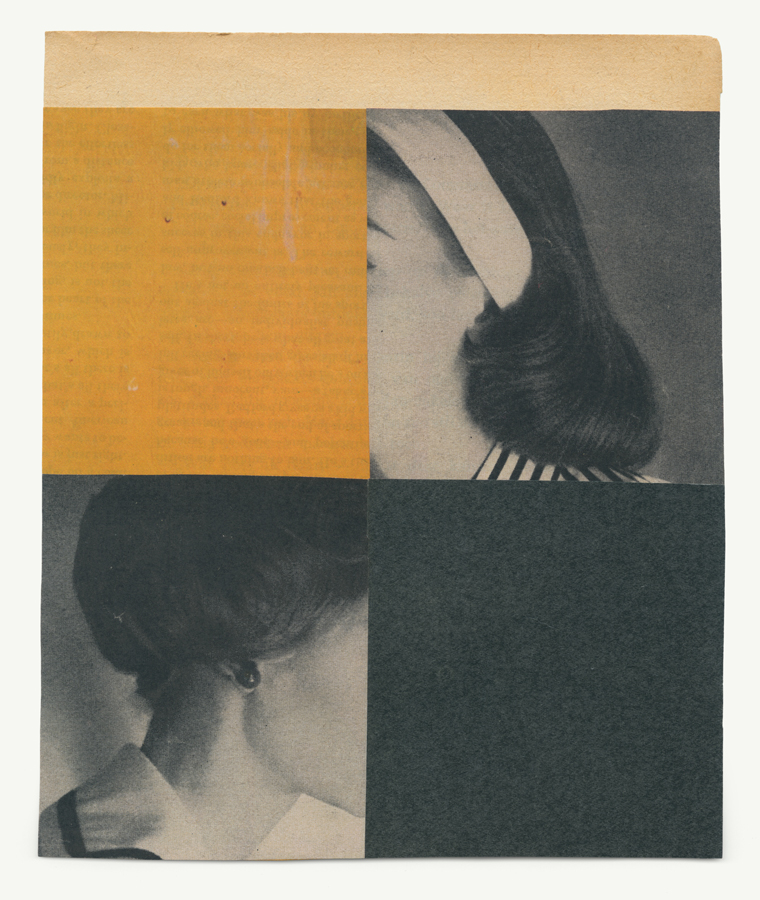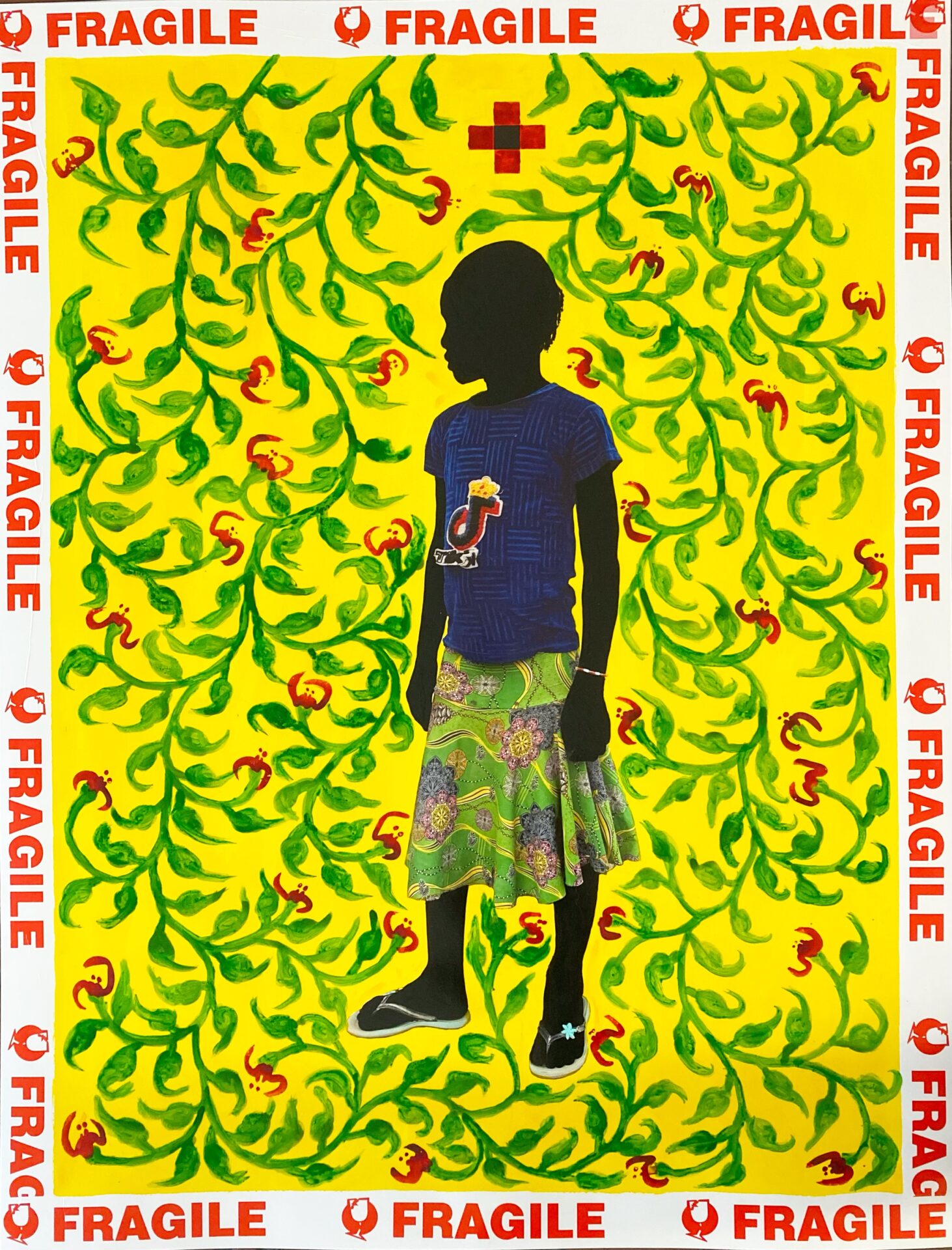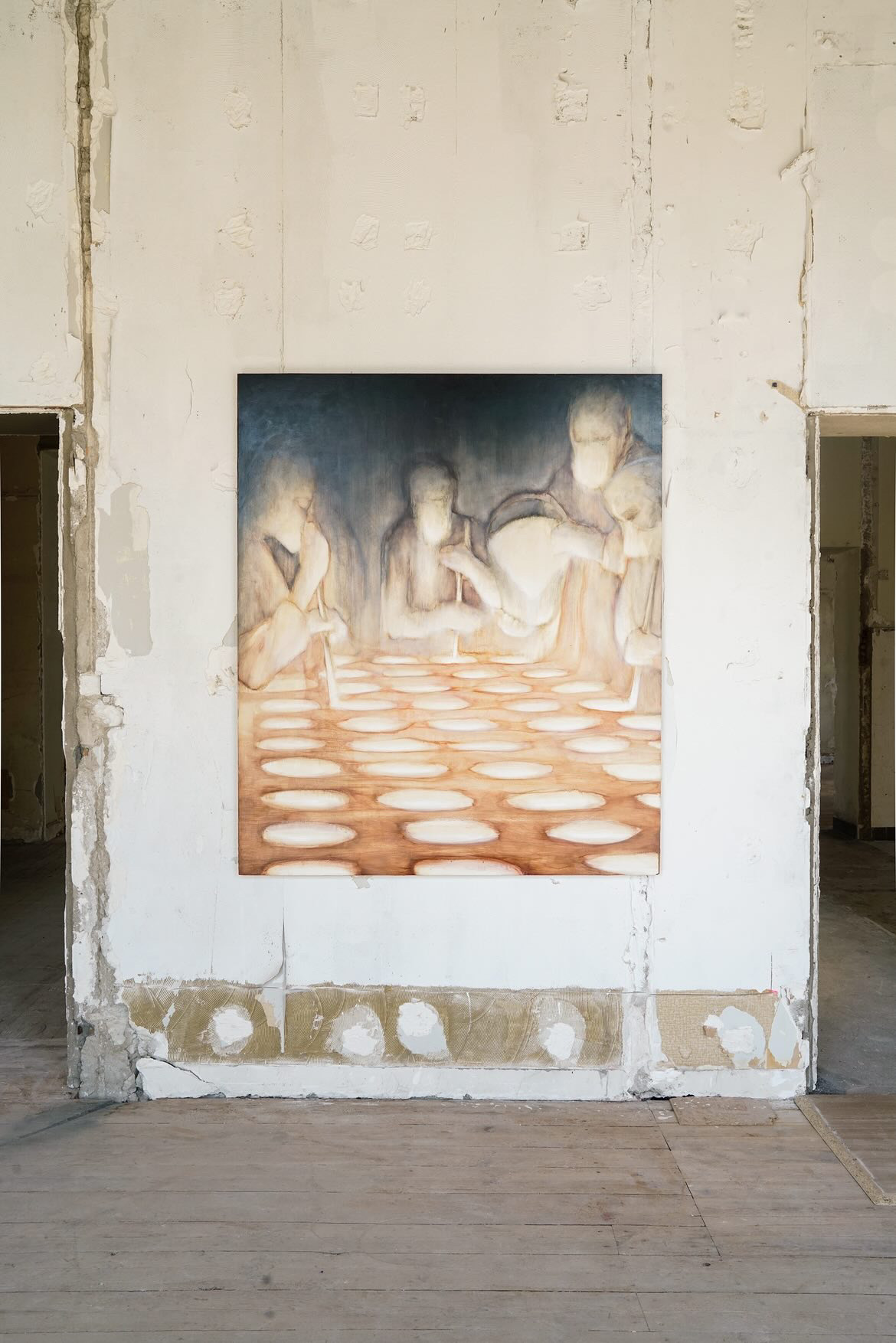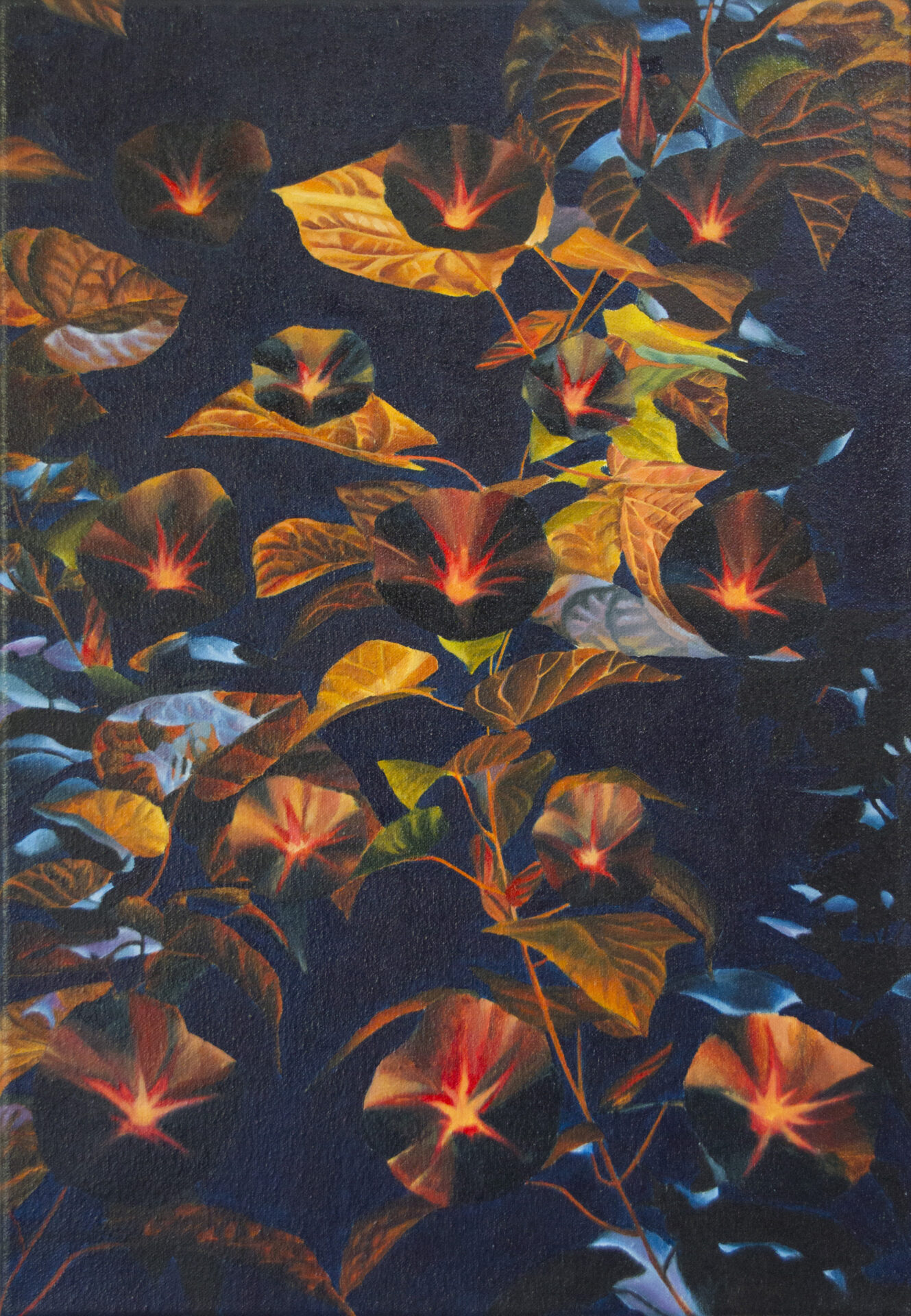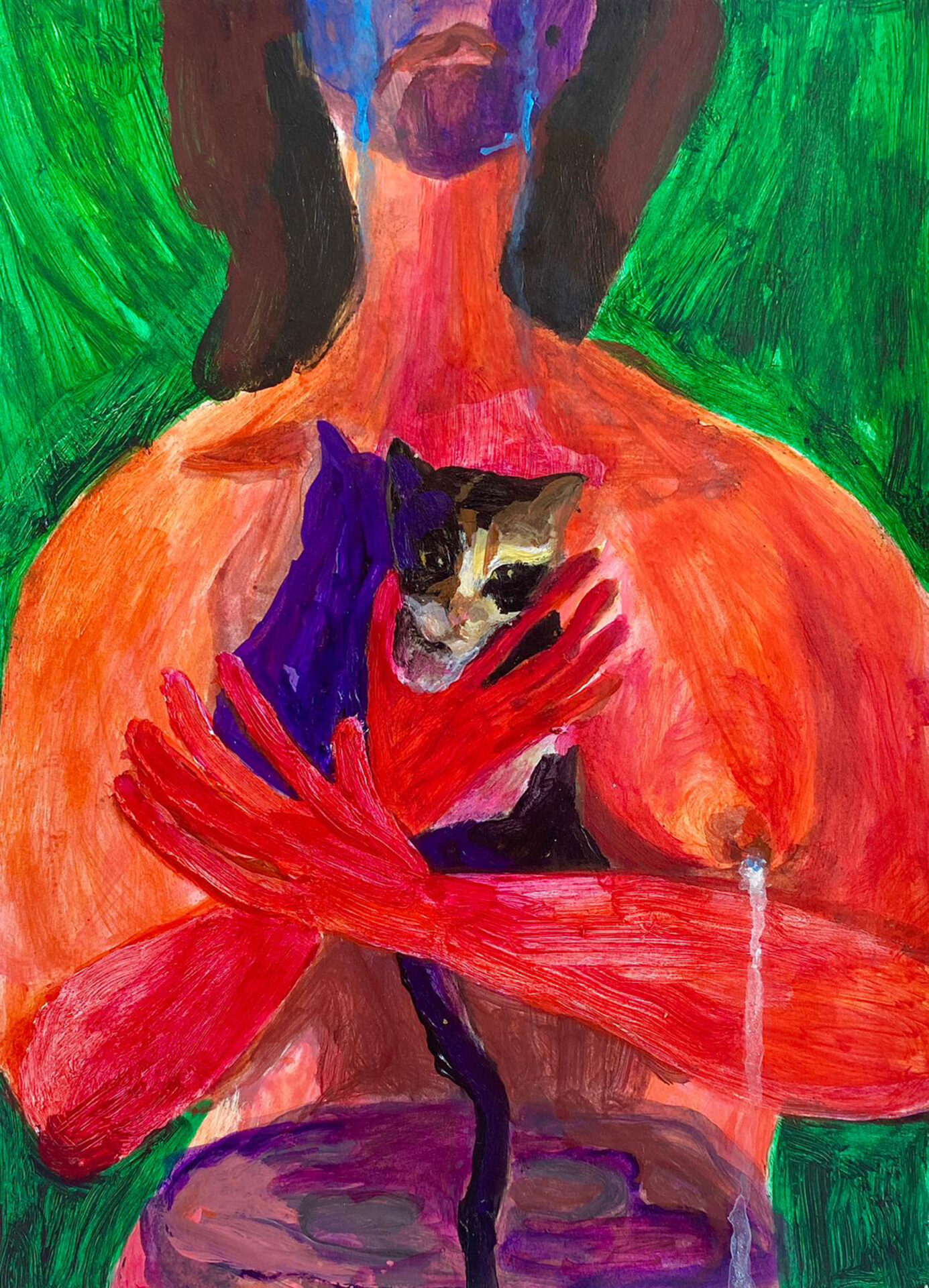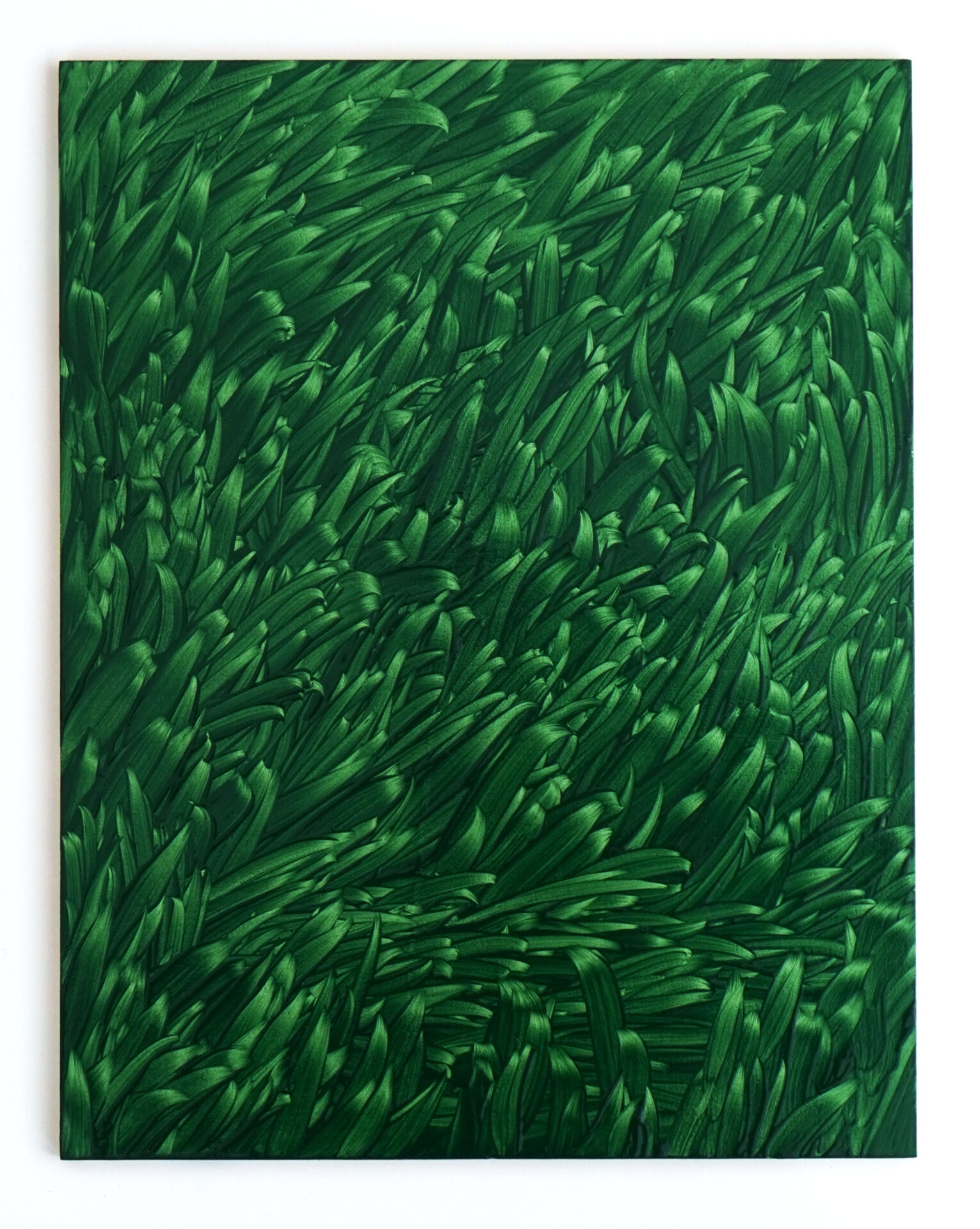main partner
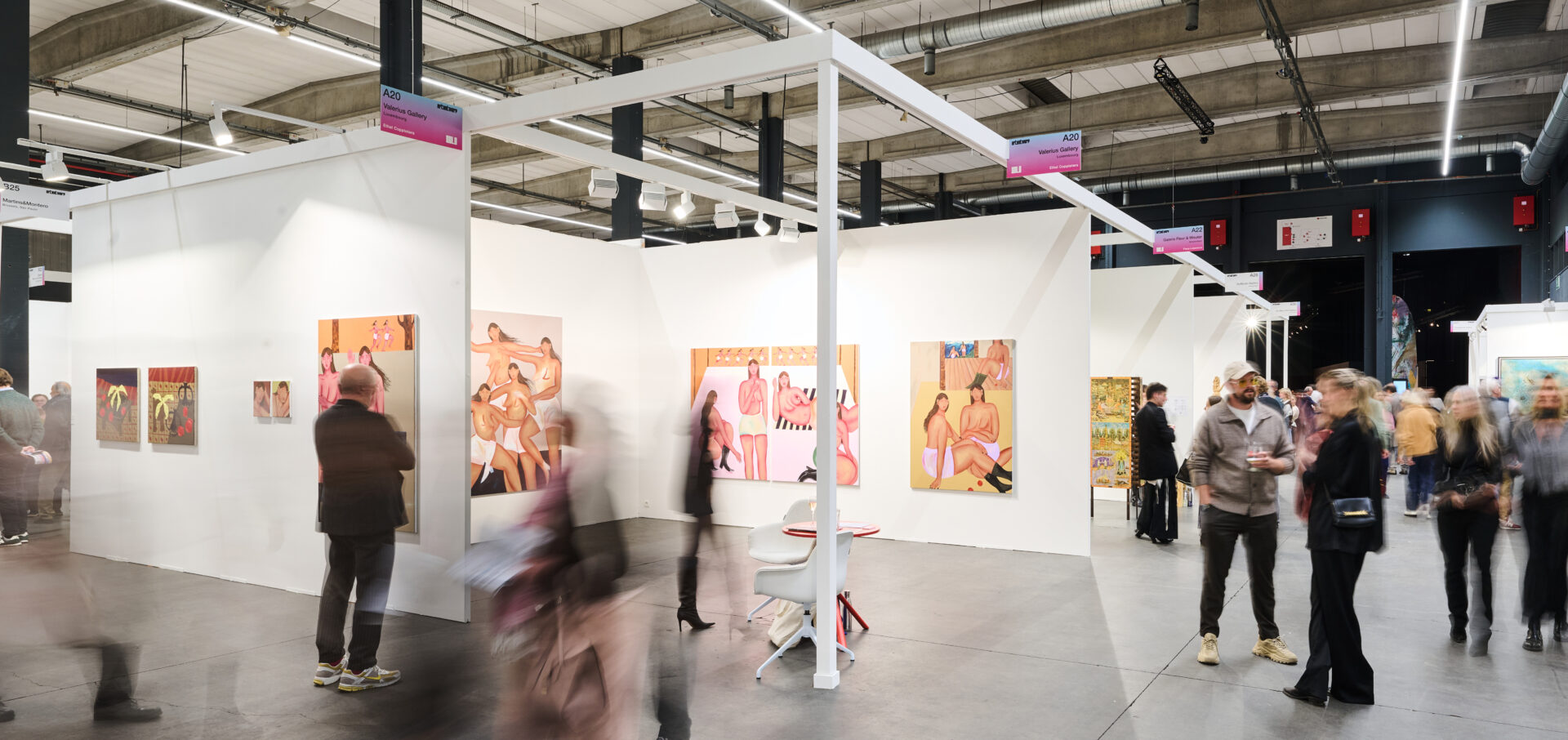
Solo booth of Valerius Gallery / Art Antwerp 2024
11 Solo Presentations: A Deeper Dive into Artists' Oeuvres
From intimate solos to focused duos, this year’s Art Antwerp invites visitors to engage deeply with individual artistic practices. One in five galleries — 17 out of 79, or about 21% — will show solo or duo presentations, each revealing a distinct artistic vision.
These showcases allow galleries to put the spotlight on artists, creating moments of reflection and discovery. Visitors can slow down, examine the materials, themes, and processes shaping each practice, and better understand the narratives behind the works on view.
This approach embodies Art Antwerp’s boutique spirit — a fair on a human scale that values intimacy, depth, and meaningful artistic encounters. Eleven galleries will present solo exhibitions, offering visitors the chance to explore a single artist’s work in depth and uncover the subtle details that make their vision compelling.
Discover below the eleven galleries* and the artists they are presenting in solo exhibitions at the fair.
*Text descriptions provided by the galleries.
1. Laurence Aëgerter with galerie binome
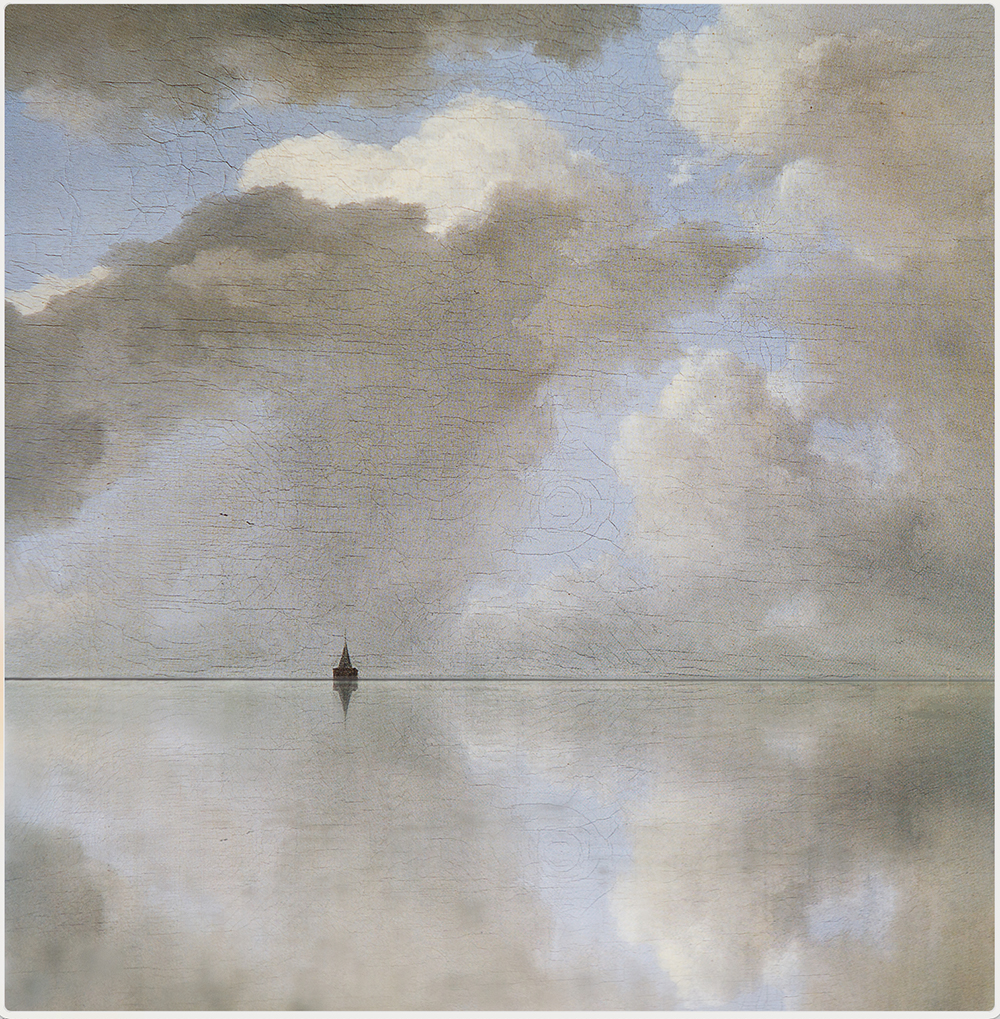
Laurence Aëgerter, 2306301751 (Ruisdael, View of Alkmaar) Compositions catalytiques serie, 2023. Ultrachrome print laminated on Dibond, American wooden frame, Ed. of 6 (+2AP), 42 x 41,3 cm
Trained as an art historian, Laurence Aëgerter (FR, 1972) devoted her doctoral thesis to analysing trompe l’oeil in the golden age of Dutch painting. In her artistic practice, she perpetuates this relationship with illusion by playing with the icons of our collective unconscious. Dürer, van Ruisdael, Monet and Manet are all referenced in this selection of photographic and textile works. Never literal, Laurence Aëgerter excels in the art of displacement.
Galerie Binome presents Le Torero mort (2024) and Pastorale (2024) for the first time. While the former immediately raises the question of art history in Aëgerter’s work, the latter is a demonstration of her artistry in playing with it. ‘One work can hide another’ is a warning to her viewers, explicitly illustrated by what the curtain in front of Le miroir aveugle (2023) veils or reveals.
For the past fifteen years, Laurence Aëgerter has also been developing an extensive tapestry work, which has become one of her preferred mediums. Soleils couchants sur la Seine à Lavacourt (2020), created for her exhibition at the Musée du Petit Palais in Paris, is emblematic of this textile produc- tion. Inspired by the collections of this same institution, the dialogue with van Ruisdael’s painting is a tribute to the Dutch landscapes that bind the artist to her adopted homeland. The astonishing reappropriation of Dürer’s engravings, screen-printed with tactile and fluorescent inks to give them new life, is another indication of the liber- ties taken by an artist who claims to want to impose no restrictions on herself.
2. Luca Bertolo with Arcade
For Art Antwerp, Arcade presents To Find Other Solutions Than Those Planned, a project by Luca Bertolo (IT. 1968) conceived as a dialogue with the late Philippe Vandenberg. Centred on Vandenberg’s ZT (Pour trouver d’autres solutions que prévues prions la Madonne de Molenbeek), the presentation extends a conversation across time — between two artists who share a language of doubt, resistance, and renewal.
3. Katrien De Blauwer with Gallery FIFTY ONE
There are artists who speak in whispers rather than proclamations, who build their language not on spectacle but on suggestion. Gallery FIFTY ONE proposes a solo show of Katrien De Blauwer (b. 1969) who is one of these artists. Her works are like fragments of a private diary where words have been replaced by images: a shoulder, a silhouette, a fleeting glance. By cutting, reframing, and erasing, De Blauwer unveils truths that lie beyond the photograph — a reality distilled into emotion.
In her work, echoes of cinema resurface: the silent tension of Antonioni, the suspended atmospheres of film noir, the sensual unease of the 1950s. What matters is not the action, but the waiting; not dialogue, but the glance that is withheld. Women, often fragmented, appear as elusive presences — at once spectral and desired. De Blauwer does not take photographs; she collects, hunts, and cuts. Out of this silence she forges a visual language of rare intensity — images of absence, memory, and solitude. They do not impose themselves, yet they remain with us, lingering long after the encounter.
With this solo presentation at Art Antwerp 2025, the gallery invites visitors into De Blauwer’s world—a realm of intimacy and suggestion where the unseen speaks louder than the revealed—through the artist’s latest series.
4. Saïdou Dicko with AFIKARIS
AFIKARIS proposes a solo show of Saïdou Dicko (Burkina Faso, 1979). Saïdou Dicko’s work is a lyrical journey through memory, identity, and transformation. Born into a Peul nomadic family in Burkina Faso, Dicko began drawing as a child while tending sheep, he was sketching the outlines of animals, inspired by an imaginary world that danced before his eyes. That early fascination with nature and storytelling continues to shape his artistic practice today, which centers on drawing, photography, and video — with drawing as the foundation. Even his photographic works are manually transformed, adorned with imaginary floral backgrounds or ornaments. At the heart of Dicko’s vision is a desire to share the wonder, joy, and emotion of a childhood lived close to the earth. His vivid visual universe is filled with children, animals, and flowers. Central to his style is the transformation of his subjects into dark silhouettes, painted in black ink. These shadowy forms transcend race, religion, or status, allowing viewers to see themselves within the work. Children hold a special place in Saïdou Dicko’s art. They appear spontaneous and full of boundless energy. For him, they are “actors of life,” weaving entire worlds out of scraps and fleeting moments. Their joy — resilient and contagious, yet fragile — acts as antidote and answer to life’s hardships. Plastic, too, plays an important role in his work, the artist represents it as a tool for survival that can be reused creatively in daily life. In his hands, it transforms again: collected, stitched into fabric, and embedded into artworks that blend the synthetic and the organic. Through shadows, childhood memories, and the textures of everyday life, Saïdou Dicko invites us to see the world anew—through eyes filled with wonder, gratitude, and hope.
5. Hanna Dubey with SUZANNE TARASIEVE
For SUZANNE TARASIEVE first participation to Art Antwerp, they will present the first solo presentation dedicated to Hanna Dubey.
Born in 2001 in France, Dubey develops a painting practice nourished by visual fragments drawn from everyday life: films, dreams, memories, intimate or collective narratives. From this flux emerge compositions where figures and landscapes disintegrate, caught in a tension between appearance and disappearance. Her work explores dualities — reality and illusion, softness and violence, care and abandonment, the tangible and the elusive. Marked by a formative experience in Marfa (Texas), she questions the limits of human thought when confronted with immensity, and the forms of the sublime, the void, and astonishment. Her works, traversed by diaphanous specters — living or inert — and ectoplasmic lights, enter into dialogue with deserted, austere architectures and arid expanses marked by absence. The making of her own material — wood, canvas, silk, varnishes — is essential to her process: she layers, sands, allows pentimenti to show through, seeking to hold on to what escapes.
6. Ben Edmunds with TATJANA PIETERS
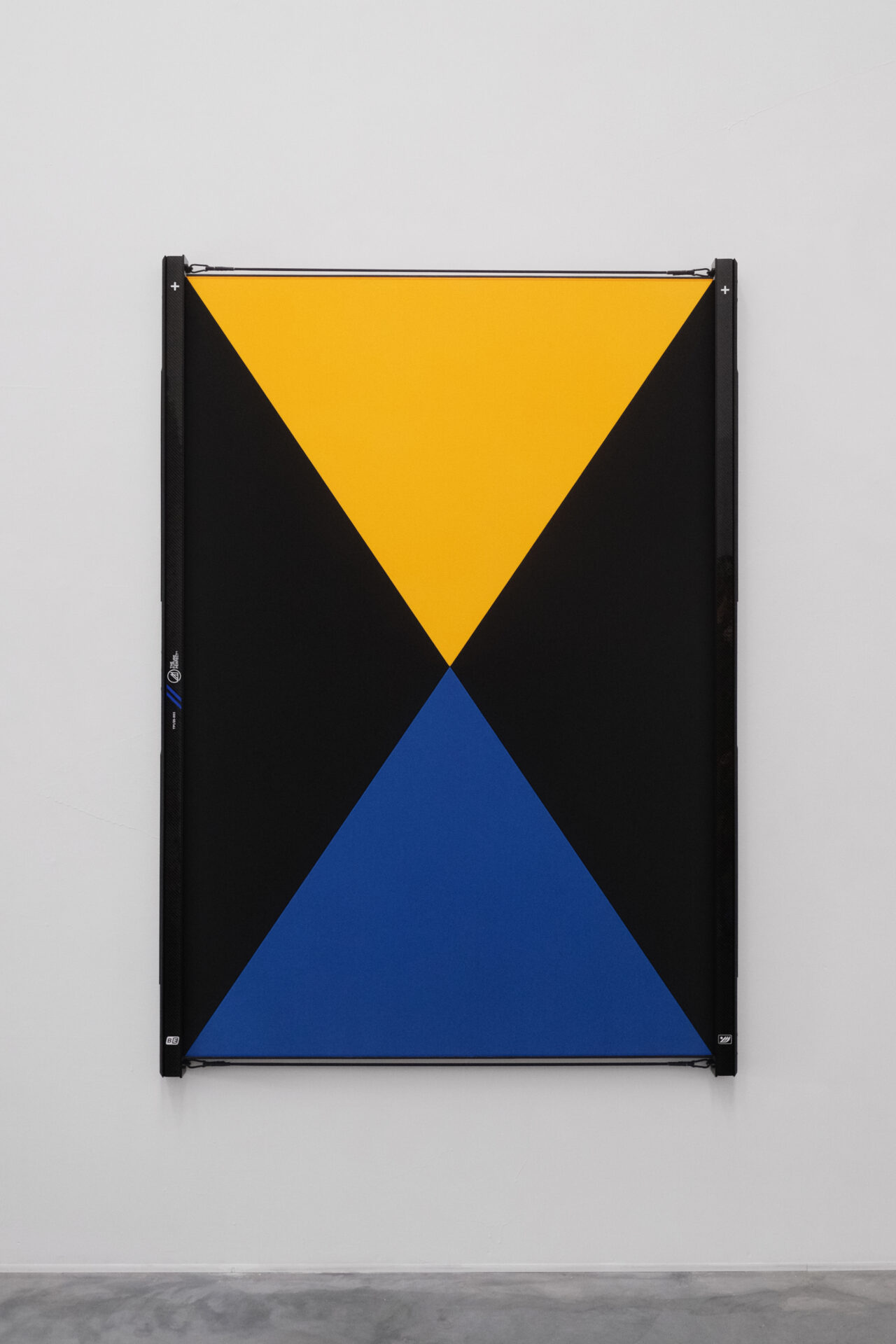
Ben Edmunds, Time to believe in magic (Hourglass), 2025, fabric dye on four shaped canvases with carbon fibre and wood frame, shock cords and carabiners, 200 x 140 cm, unique
TATJANA PIETERS is pleased to present a solo exhibition by Ben Edmunds (UK, 1994) alongside a group show featuring works by Ria Bosman, Helmut Stallaerts, Kevin McNamee Tweed, Charles Degeyter, Anneke Eussen, Brian Harte, and Hans Vandekerckhove at this edition of Art Antwerp.
The presentation of Ben Edmunds serves as a continuation of ‘Private Collection Selected by,’ for which Edmunds curated a selection from the private collection of Joost & Siska Vanhaerents-Dezutter, renowned for their active role in the famous Vanhaerents Art Collection.
Best known for his large scale paintings that combine tropes of modernist abstraction with the stylised accents of adventure sports, the practice of Ben Edmunds moves between painting, branding, photography & sculpture. Through the lens of Abstract Expressionism and Colour Field, in which painting sought to become a transcendental experience, his work can be seen as an updated modernism, a search for the meaning in a contemporary context of fashions and trends, self-help literature and outdoor brands. Growing up in rural England, Edmunds was surrounded by a culture of extreme sports. He draws on this personal history of sailing, windsurfing and cycling to explore the transcendental parallel between abstract painting and adventure sports. To the artist, these sports offer an escape, an urge to go beyond the known boundaries of geography and the body. Questioning the assumed anti-utilitarianism of abstract painting, the artist proposes to examine the function of painting as equipment.
7. Nicholas William Johnson with PLUS-ONE Projects
Nicholas William Johnson’s (b. 1982) work situates painting within the “non-human turn,” engaging with plant life and botanical form as a lens through which to reconsider perception and consciousness in a multi-species world. Drawing on psychoactive flora, historical visualization tools such as obsidian mirrors, and virtual 3D modelling, his practice spans oil on canvas, digital animation, and film. By mimicking fractal growth patterns and crystalline structures, Johnson explores how natural forms shape human and non-human perception alike. His canvases and moving-image works oscillate between the material and the virtual, evoking altered states of awareness and proposing painting as a contemporary site to rethink our place in the post-anthropocene environment.
8. Ayşen Kaptanoğlu with Madé van Krimpen
The desire for collective and personal softness and safety comes through harsh colors on the figurative paintings of Ayşen Kaptanoğlu (Istanbul, 1985), who has just won the Jeanne Oosting Prize 2025. Responding to the chaos of a male-dominant society, the artist uses fantasy and lived experiences to represent the often unutterable anger towards and alienation from the persisting systems of oppression and violence conjured in her. Investigating these unequal power dynamics, the paintings become vessels of these memories and a way to find and instigate resilience. Madé van Krimpen Gallery is pleased to present a solo exhibition of the artist at Art Antwerp, honoring the moving and powerful stories, vivid imagination, and unique visual language of Kaptanoğlu.
9. Maja Klaassens with Dürst Britt & Mayhew
In her solo presentation with Dürst Britt & Mayhew for Art Antwerp 2025, Maja Klaassens (b. 1989) explores the function of editing in literature and film, and the ways it influences our perception of the world around us. Drawing from numerous works of fiction, the presentation posits the everyday as a stage upon which fragmented and incomplete narratives generate suspense.
Focussing on the ways domestic and natural environments are often written in opposition to one another, neutralizing and shaping both, Maja Klaassens’ works consider the traces which collapse these thresholds. A simple impulse like pocketing a stone at the beach can expand in all directions: repeatedly re-written, re-made, and re-framed by the artist in a variety of mediums, each adjustment revealing layers of underlying tension.
Two distinct series of works will be on show. ‘Washing’ consists of personal and found textiles, which are meticulously folded into rectangular wooden boxes. ‘Nightstand’ is a series of lifelike nightstands, filled with objects, and completely constructed as if carved from stone. These two series of works are partnered with Klaassens’ intricate and detailed paintings of grass.
10. Gijs Milius with Galerie Mieke van Schaijk
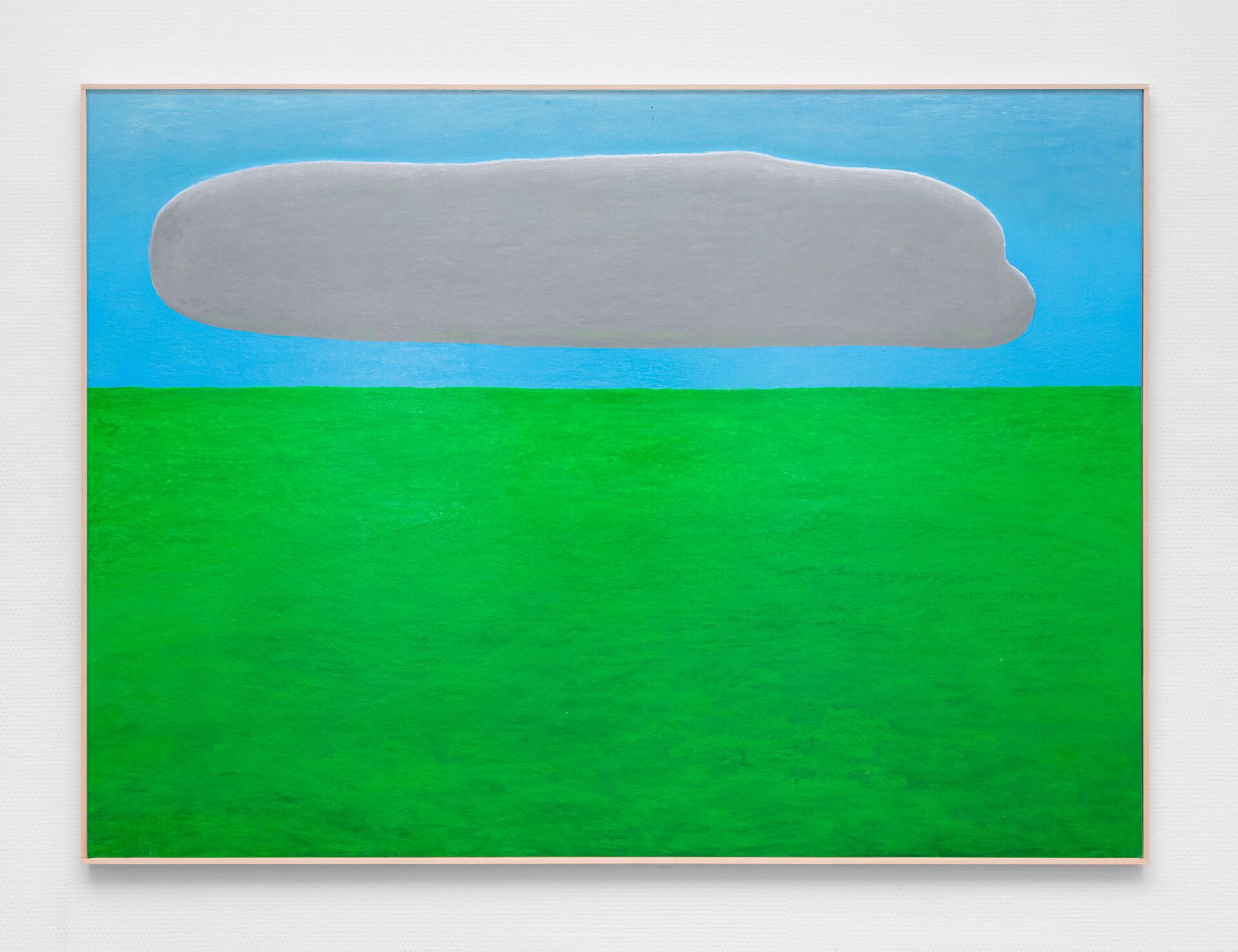
Gijs Milius, Pain Polonais 6 (2025), 104x144 cm, oil/pastel/wax on acid free paper (370g/m²), marrouflé on wood panel/aluminum stretcher, artist frame in pine.
For Art Antwerp, Mieke van Schaijk presents an installation of new paintings by Gijs Milius: four kindred vistas unfolding in the borderland between figuration and abstraction. Although their simplicity may at first appear caricatural, the layered colour and light associations manage to draw us into the suggested landscapes: wide meadows beneath skies that sometimes contain shapes which—with a little imagination—resemble clouds. On the walls, the paintings become windows; from within the booth, we look out onto a wide emptiness.
Gijs Milius, NL 1985, lives in Brussels. He has previously exhibited in o.a.: SMAK, M HKA, Dortmunder Kunstverein, Etablissement d’en face, biennale de Louvain-La-Neuve, Nosbaum Reding
11. Koen Taselaar with andriesse ~eyck galerie
A light-hearted and sometimes absurdist approach typifies Koen Taselaar’s artistic practice. Taselaar (1989, Rotterdam) draws inspiration from diverse subjects: from medieval tapestries like the Apocalypse Tapestry from Angers, the labyrinthine drawings of M C Escher, Radical Design from the 1970s, the puzzles of Enzo Mari, Pop Art, the design language of early computer games, to the everyday life of a young father. He quotes and combines, elaborates his ideas on paper or computer before translating them into his material of choice, which includes ceramics, textiles, paintings, or screen printing.
Taselaar is particularly interested in the way images are constructed and how new meanings may emerge when things are brought together in slightly different time-space relationships. For his recent series of tapestries, for example, he studied the typically flat, non-linear composition of medieval wall hangings, which, he discovered, is not dissimilar to the visual architecture of early computer games. Taselaar describes his work as ‘a stacking of motifs’. Literally, as in his totem-like sculpture A Snail And An Elephant or the visual excess of his tapestries, and figuratively, as an amalgam of comparisons and references,
Koen Taselaar works in a variety of media, including ceramics, textiles, screen printing, painting, pencil and paper. His artistic practice can be described as a search for formal and material properties of ‘the thing’, drawing inspiration from a wide range of subjects and constantly looking for unexpected twists in the relationships between things.

